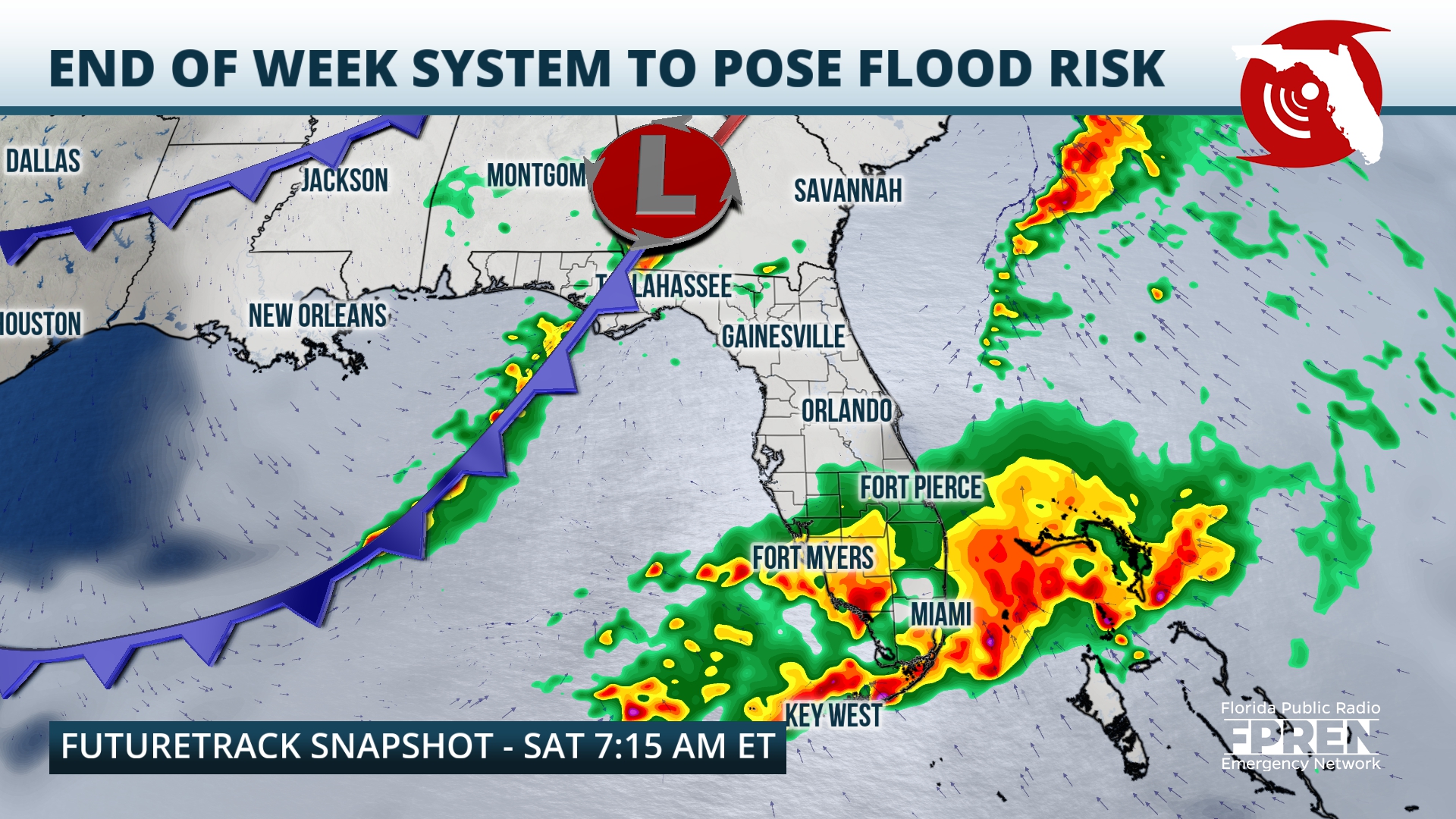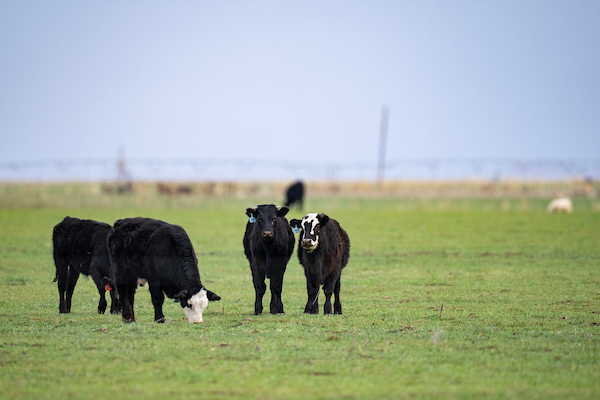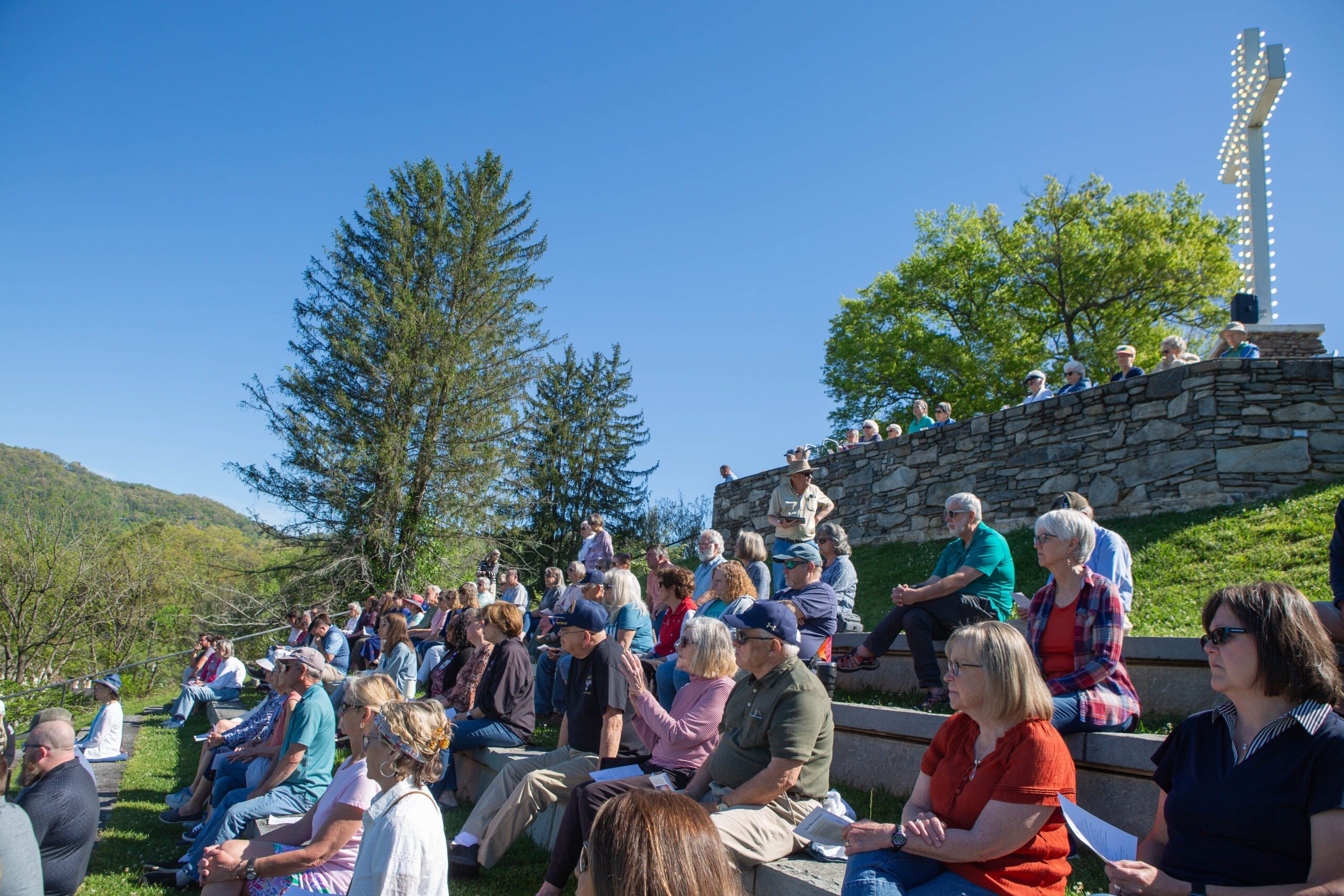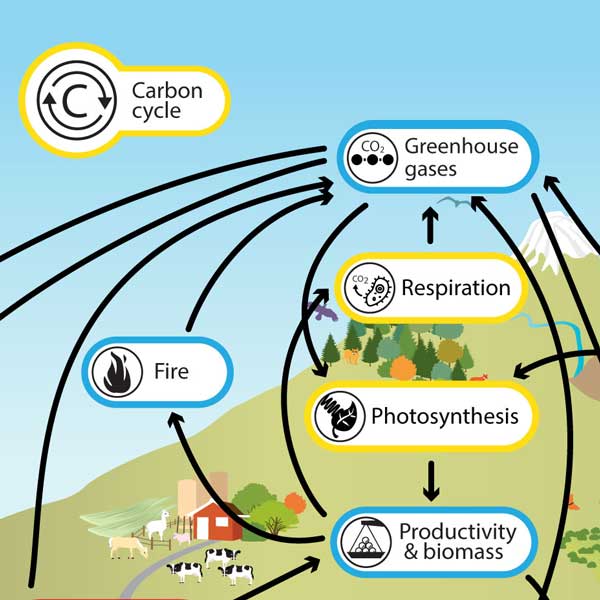Report on the Delisting of the Roanoke Logperch and Alignment with Sustainable Development Goals
Executive Summary
The U.S. Fish and Wildlife Service has officially removed the Roanoke logperch (Percina rex) from the federal list of endangered and threatened wildlife. This action follows a comprehensive scientific review confirming the species’ successful recovery, which is a direct result of targeted conservation efforts. These actions, centered on habitat restoration and multi-stakeholder collaboration, demonstrate a significant contribution to several United Nations Sustainable Development Goals (SDGs), particularly those concerning biodiversity, water quality, and sustainable communities.
Background and Conservation Status
Species Profile: Roanoke Logperch
- A freshwater darter species, known as the “king of darters” for its large size relative to its family, reaching approximately 6 inches in length.
- Distinguishing features include strongly patterned fins, an orange band on the dorsal fin, and a bulbous snout used for foraging among pebbles for invertebrates.
- Native to river systems in Virginia and North Carolina.
Historical Status and Recovery Timeline
- 1989: The Roanoke logperch was listed as endangered, with its known population confined to only 14 streams.
- Post-1989: Concerted aquatic restoration efforts commenced, focusing on improving habitat suitability and connectivity.
- 2019: The species’ occupied range more than doubled, expanding to approximately 31 streams across the upper Roanoke, Smith, Pigg, Otter, and Nottoway river systems in Virginia, with increased presence in North Carolina.
- 2023: Following scientific assessment, the species was officially delisted, marking a successful recovery.
Conservation Actions and Broader Impacts
Habitat Restoration Initiatives
The primary driver of the species’ recovery was the strategic removal of obsolete dams and other aquatic barriers. This initiative, supported by the Partners for Fish and Wildlife Program and other contributors, reconnected hundreds of miles of fragmented river habitat. Nationally, the Fish Passage Program has been instrumental in such efforts, removing over 3,400 barriers and restoring access to more than 61,000 miles of stream habitat.
Alignment with Sustainable Development Goals (SDGs)
The recovery of the Roanoke logperch is a case study in achieving integrated environmental and social objectives, aligning directly with the 2030 Agenda for Sustainable Development.
SDG 14: Life Below Water & SDG 15: Life on Land
The project directly advances the goals of conserving and restoring freshwater ecosystems and halting biodiversity loss. By removing barriers and improving habitat, the initiative has not only saved a specific species from extinction but has also enhanced the overall health and resilience of the riverine ecosystem, benefiting a multitude of aquatic organisms.
- Target 14.2: Sustainably manage and protect marine and coastal ecosystems. (Applied to freshwater context)
- Target 15.5: Take urgent and significant action to reduce the degradation of natural habitats, halt the loss of biodiversity and, by 2020, protect and prevent the extinction of threatened species.
SDG 6: Clean Water and Sanitation & SDG 11: Sustainable Cities and Communities
The removal of dams yields benefits that extend beyond wildlife. These actions contribute to community well-being and resilience by:
- Improving overall water quality in the river systems (Target 6.3).
- Lowering the risk of flooding in adjacent communities, making them safer and more resilient (Target 11.5).
- Expanding opportunities for sustainable recreation such as fishing, kayaking, and canoeing, which supports local economies and promotes well-being (Target 11.7).
SDG 17: Partnerships for the Goals
This success was not possible without effective collaboration. The project exemplifies the power of multi-stakeholder partnerships, a core principle of SDG 17. The cooperation between federal agencies (U.S. Fish and Wildlife Service), state governments, private landowners, and community partners was essential for implementing the widespread habitat restoration needed for the species’ recovery. As noted by Principal Deputy Director Justin Shirley, this success demonstrates how “private landowners, states and communities can lead the way in protecting species while promoting economic growth and responsible use of our natural resources.”
Analysis of Sustainable Development Goals (SDGs) in the Article
1. Which SDGs are addressed or connected to the issues highlighted in the article?
- SDG 15: Life on Land: This is the most prominent SDG in the article. The entire narrative focuses on the protection and recovery of a threatened species (the Roanoke logperch), the restoration of its freshwater habitat, and the successful effort to halt biodiversity loss, as evidenced by the species’ removal from the endangered list.
- SDG 6: Clean Water and Sanitation: The article connects the restoration efforts to broader environmental benefits. It explicitly states that removing dams “enhances river habitat and water quality,” which directly aligns with the goal of protecting and restoring water-related ecosystems.
- SDG 11: Sustainable Cities and Communities: The article links the environmental work to community well-being and resilience. It mentions that dam removal “lowers the risk of flooding in nearby areas” and “strengthens the communities that depend on these waterways,” which relates to making communities safer and more sustainable.
- SDG 17: Partnerships for the Goals: The success of the project is attributed to collaboration. The article mentions the involvement of the “U.S. Fish and Wildlife Service,” the “Partners for Fish and Wildlife Program,” “private landowners, states and communities,” highlighting the multi-stakeholder partnerships essential for achieving sustainable development.
2. What specific targets under those SDGs can be identified based on the article’s content?
-
SDG 15: Life on Land
- Target 15.5: “Take urgent and significant action to reduce the degradation of natural habitats, halt the loss of biodiversity and, by 2020, protect and prevent the extinction of threatened species.” The article is a case study of this target in action. The Roanoke logperch, a threatened species listed in 1989, was protected, and its extinction was prevented through habitat restoration, leading to its delisting.
- Target 15.1: “By 2020, ensure the conservation, restoration and sustainable use of terrestrial and inland freshwater ecosystems and their services…” The article describes the restoration of inland freshwater ecosystems (the Roanoke, Smith, Pigg, Otter, and Nottoway river systems) by removing dams and barriers to reconnect habitats.
-
SDG 6: Clean Water and Sanitation
- Target 6.6: “By 2020, protect and restore water-related ecosystems, including mountains, forests, wetlands, rivers, aquifers and lakes.” The removal of “obsolete dams and barriers” is a direct action to restore river ecosystems, which the article notes improves water quality and habitat.
-
SDG 11: Sustainable Cities and Communities
- Target 11.5: “By 2030, significantly reduce the number of deaths and the number of people affected and substantially decrease the direct economic losses… caused by disasters, including water-related disasters…” The article implies progress toward this target by stating that removing dams “lowers the risk of flooding in nearby areas,” a measure that reduces the potential impact of a water-related disaster.
-
SDG 17: Partnerships for the Goals
- Target 17.17: “Encourage and promote effective public, public-private and civil society partnerships…” The article showcases such a partnership, citing the combined efforts of the U.S. Fish and Wildlife Service (public), the Partners for Fish and Wildlife Program (public-private), and contributions from “private landowners, states and communities” (civil society).
3. Are there any indicators mentioned or implied in the article that can be used to measure progress towards the identified targets?
Yes, the article provides several quantitative and qualitative indicators that can measure progress:
- Species Conservation Status: The primary indicator for Target 15.5 is the change in the Roanoke logperch’s status from “endangered” to being “removed from the endangered species list.”
- Species Population Range: A clear indicator of recovery is the increase in the species’ range. The article states it “had more than doubled its range,” growing from being “found in only 14 streams” in 1989 to occupying “roughly 31 streams” by 2019.
- Habitat Restoration Area: An indicator for Targets 15.1 and 6.6 is the amount of habitat restored. The article mentions the reconnection of “hundreds of miles of Roanoke logperch habitat” and, on a national scale, access restored to “more than 61,000 miles of stream habitat.”
- Number of Barriers Removed: A direct output indicator for habitat restoration efforts is the number of physical barriers eliminated. The article notes that “multiple obsolete dams and barriers were removed” for this specific project and that nationally, “more than 3,400 barriers” have been removed.
- Community and Economic Benefits (Implied): The article implies indicators for Targets 11.5 and economic growth by listing benefits such as lowered flood risk and expanded opportunities for recreation like “canoeing, kayaking, and fishing,” which can be measured through economic and safety studies.
4. Summary Table of SDGs, Targets, and Indicators
| SDGs | Targets | Indicators |
|---|---|---|
| SDG 15: Life on Land |
15.5: Protect and prevent the extinction of threatened species.
15.1: Ensure the conservation and restoration of inland freshwater ecosystems. |
– Change in conservation status (from ‘endangered’ to delisted). – Increase in the number of streams occupied by the species (from 14 to 31). – Miles of reconnected stream habitat (hundreds of miles). |
| SDG 6: Clean Water and Sanitation | 6.6: Protect and restore water-related ecosystems. |
– Number of dams and barriers removed (multiple locally; 3,400 nationally). – Mention of enhanced water quality and river habitat. |
| SDG 11: Sustainable Cities and Communities | 11.5: Reduce the impact of water-related disasters. |
– Lowered risk of flooding in nearby areas. – Expanded opportunities for local recreation (canoeing, kayaking, fishing). |
| SDG 17: Partnerships for the Goals | 17.17: Encourage and promote effective public, public-private and civil society partnerships. | – Collaboration between government agencies, programs, private landowners, states, and communities. |
Source: wsls.com







